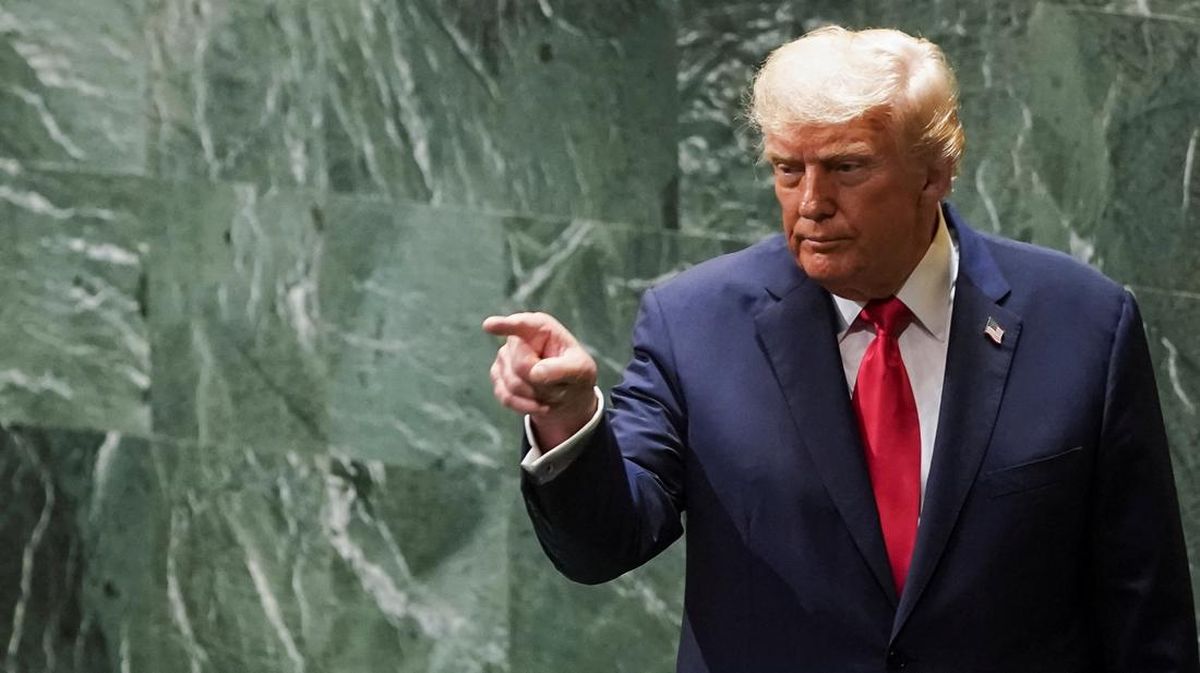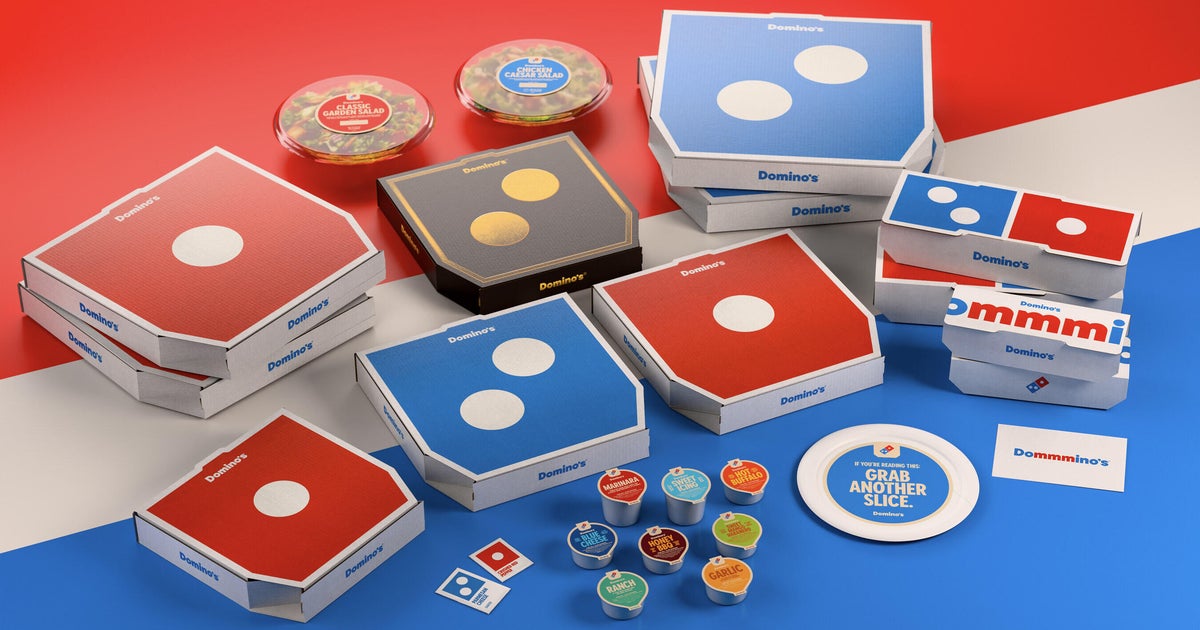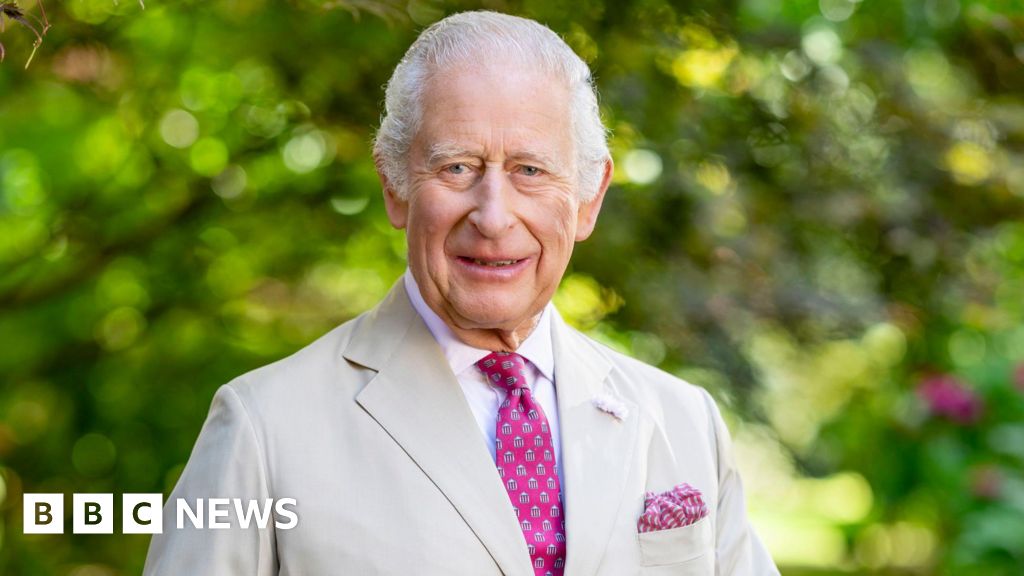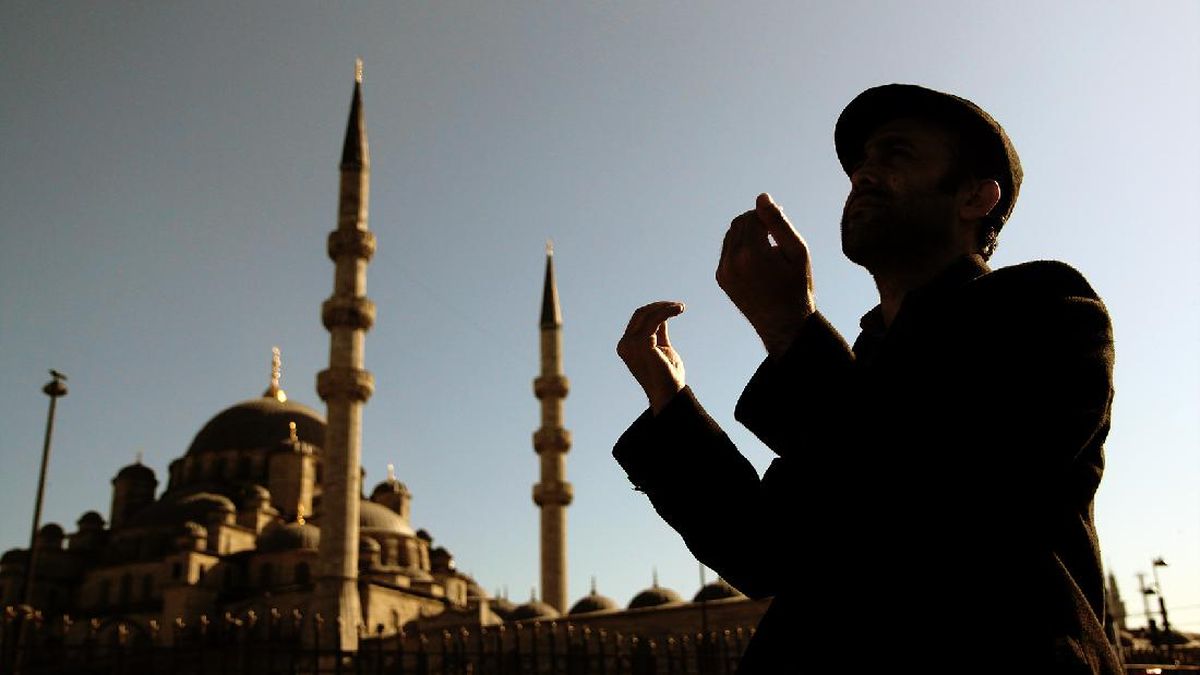In the 1940s, Miranda Cole’s grandmother would leave her fur coat in the cloakroom of Myer in Bourke Street, Melbourne while she shopped. Years later, carrying forward the family’s loyalty, Miranda Cole’s mother boarded the number 48 tram in Kew with Miranda and her two sisters, Penny and Jane, and took them into the store for special occasions. It was the early 1960s and the girls wore pretty dresses with stiffened petticoats, boaters with ribbons, and gloves, too. In the Myer Mural Hall, they had high tea. Cole, who still lives in Kew, recalls sandwiches, scones, biscuits and little cups of tea for the girls. “It was very exciting, but our behaviour had to be impeccable for this treat.” Afterwards, they browsed the store. One day in the home furnishings department, their mother let them choose their own wallpaper for their bedrooms, floral, a different colour for each girl. In the grocery department, they bought “Father his favourite biscuits in a tin”. At Christmas, the crowds thronging to see the decorated windows were “immense” and Jane was little enough to be lifted up on her dad’s shoulders for a better view.
I have department store memories, too: in the 1970s in the south-east Queensland town of Toowoomba, Myer was a white monolith with a rooftop car park. Mum once left me in the store’s childcare centre while she shopped, and I was distraught. Occasionally, she bought my brother and me hot chips in the cafeteria – brown booth seating, a pastoral mural high on a wall, trays sliding along metal. Oh, and something else: the awkward day Mum took me for my first bra fitting; I carried home a mysterious, flesh-toned thing in a paper bag printed with a Myer design and sealed with sticky tape.
I ask my social media friends about department stores and waves of multi-generational nostalgia roll in. Mum starts, telling me how her feet hurt after a day in stilettos during her holiday job working in the handbag department of Farmer’s in Sydney (later Grace Bros, now Myer) in the late 1950s. Liz remembers her grandmother working on the perfume counter at David Jones on Elizabeth Street in the 1960s. “She always smelled of different fragrances and I remember her prim and proper dress standards.” Chrys can picture long glass counters at Bayards department store in Brisbane city in the 1970s. “An assistant would find what you wanted and lay it out on the counter.” Delia Falconer, a novelist and the author of a personal history of her home town, Sydney, messages to say her parents dressed her up for Christmas pantomimes at the top of Farmer’s. “There was also a restaurant on that level serving exotic fare like chicken cacciatore and Hungarian goulash.” A Brisbane friend recalls that, at David Jones in Queen Street, the lift operator who called out each floor – “and, going up!” – was a war veteran with one arm. Someone else tells me about his 1990s Christmas-holiday job at Grace Bros in Sydney – he wore an elf costume and gave directions.

Miranda Cole recalls the “treat” of high tea in Myer with her mum and sisters in the ’60s.Credit: Simon Schluter
It’s hard to think of another institution so deeply etched into our collective memory. It’s as though our individual recollections have coalesced into something larger, enduring – a shared cultural backdrop, a history with the glow of mythology, rich material for dramatic fiction as the 19th-century French writer Émile Zola recognised when he put one at the centre of his novel, Au Bonheur des Dames (The Ladies’ Delight). Zola described his department store creation, the basis for the 2012-13 BBC series, The Paradise, as “introducing a new religion”. In The Women in Black, Madeleine St John set her fictional department store in late 1950s Sydney (it became an ABC TV series). The first episode of the American series Mad Men centred on adman Don Draper’s bid to win the account of the prestigious (fictional) Menken department store.
From the outset, department stores’ significance went far beyond mere merchandise. In the 19th century they were called “universal providers” and their offering was richer and more substantial than the sum of their multiple departments. Before moving pictures were widely screened, they were a heady new form of entertainment. In 1905, for example, when the New Palace “Emporium” of Anthony Hordern and Sons opened in Sydney with six hectares of floorspace, the Australian Town and Country Journal gushed that it was “the premier spectacle among the sights of Sydney”. It sold everything from hymn books to bicycles, bee hives to ladies’ underclothing. Decades before IKEA, its furniture showroom, 4000 square metres in size, offered “a series of rooms, each furnished exquisitely in some distinctive style”. The Daily Telegraph observed visitors wandering “through its mazes with eyes wide open, and the marvel of what they are seeing written clearly on their faces”. There were even wider eyes at Christmas.
And department stores carried another flag: their evolution mirrored the rise of the middle class, the democratisation of acquisition and ownership. They introduced us to the exotic, became crucibles for imagination, desire and aspiration, and guided people in their attempts to ascend the social ladder and keep up with the fashion modes of the day. “The elite of Melbourne” congregated daily at George and George in Collins Street “to view and procure the newest products of fashion’s freshest thoughts”, The Leader newspaper noted in 1901. “London and Paris to you via David Jones windows” was one mid-century ad slogan.
But as the world has changed, the mystique, the magic and the profits have ebbed away. Department stores as we know them face an uncertain future. At the premium end, only David Jones and Myer survive; the many deceased marques sit only in older folks’ memories, copious archives and, here and there, in architectural remnants. “There’s a spot on Pitt Street Mall where you can still see the top part of the façade of one long-lost store,” says fashion journalist Patty Huntington. “The Sydney CBD is littered with their ghosts.”

David Jones in 1961, when the era’s society ladies would buy gloves or perfume and perhaps head upstairs for lunch.Credit: Max Dupain/Mitchell Library/State Library of NSW
The past two decades have been brutal for the two survivors: the GFC, the pandemic, global uncertainty, the cost-of-living crisis and perhaps, most significantly, the online-shopping revolution, have transformed consumer habits. And, as profits have reduced, so too has floor space. Multiple stores have closed entirely, including Myer in Brisbane’s CBD, Frankston and Blacktown. David Jones has shuttered stores at Mt Gravatt and Ringwood, its menswear store in Melbourne’s Bourke Street mall and its Market Street premises in Sydney. Other branches including David Jones in Bondi Junction have been renovated – “reimagined”, the company says – and whole floors returned to landlords. The once-intoxicating food halls in David Jones’ CBD flagship stores are gone or shrunken.
Paul Zahra, CEO of David Jones from 2010 to 2014, says it’s a global issue. “Department stores have been structurally challenged around the world. They’re having to rethink their physical footprint, invest heavily in digital to remain relevant and rethink their value proposition.”
The companies’ current CEOs frame the problems they face in polished corporate-affairs speak. “It’s a hugely challenged market,” acknowledges Myer executive chair and director, Olivia Wirth but, she adds, “there’s a big opportunity for us.” In January, Myer bought Premier Investments’ clothing division, Apparel Brands – Just Jeans, Jay Jays, Portmans, Dotti and Jacqui E – and announced the launch of the “Myer Group”. It now has a network of more than 750 department and specialty stores across Australia and New Zealand. In October, its loyalty program, Myer One, will be relaunched. To illustrate his optimism about the future of department stores, David Jones CEO Scott Fyfe points to the new David Jones in Chatswood, Sydney, “the store of the future”, and the company’s new loyalty card, a partnership with Qantas Frequent Flyer, both launching in October.

Myer executive chairman Olivia Wirth calls the market “hugely challenged”.Credit: Louie Douvis

David Jones CEO Scott Fyfe says the chain “probably lost our way in terms of beauty”.Credit: Elke Meitzel
In the past, the customer loyalty that contributed to department stores’ success was built on exceptional, personal service – flurries of staff, a customer’s name, size or preference remembered. These days, customers are more likely to complain about the service at stores, and Myer and David Jones are banking on a different form of loyalty: loyalty programs anchored in digital technology, in data and algorithms crafting minutely personalised messages for customers. “We want to create warm connections, and we want to drive customer lifetime value, but most of all, we want to drive loyalty,” says Fyfe.
Gwen Sutton was a teenager when she started on the Elizabeth Arden counter in David Jones’ Elizabeth Street store in 1947. “I wasn’t allowed to speak to a customer unless everybody was busy, and then I could acknowledge them.” Sutton, now 93 and still living independently in the southern Sydney suburb of Miranda, remembers handwriting dockets and sending cash in a pneumatic tube to a cashier’s desk. She thinks the lipstick colours of the day were “desert pink” and “prairie rose”. The shoes were “to die for”, she says. “It was just a dream … I always called it ‘heaven on a stick’.”
She remembers too, store owner Sir Charles Lloyd Jones and his wife, Hannah, one of Sydney’s leading society hostesses, sweeping through the store. “She wore the most beautiful hats; he had a lovely black homburg.” Another day, a gentleman came up to the counter and asked Sutton for directions to the store’s vast, famous seventh-floor restaurant. “It was Laurence Olivier!” The actor was touring Australia with Vivien Leigh and the Old Vic Theatre Company.

DJs owner Charles Lloyd Jones and wife Hannah in 1935.Credit: Fairfax Media
Through the years, and more so than other department stores, David Jones has carried a sheen of gold dust, sprinkled by its A-list connections, by stars, celebrities and socialites. Roger Leong, senior collection curator at Powerhouse museum, which recently acquired the David Jones archive, says that, through the 20th century, the store was the “tastemaker of Sydney’s department store landscape”: “All the society ladies would have their standing account there; they’d be chauffeured in and buy their gloves or their perfume, and then they’d be off to lunch, maybe upstairs to the Grand Restaurant or to the famous Princes in Martin Place.” And the thrill – in 1954, thousands thronged the streets around the Elizabeth Street store when the Queen popped in for dinner; she surely heard the crowd’s roar from below during a state banquet in her honour at which she wore a “mimosa yellow” tulle Norman Hartnell gown embroidered with Australian wattle and acacia leaves.
Loading
In the late 1980s, models became celebrities, and David Jones recruited gap-toothed American Lauren Hutton in 1997 as an ambassador. In the 2000s, Megan Gale and Miranda Kerr followed. The company flew them and teams of Australian creatives around the world for fashion shoots: Gale to Italy, China, Spain, France and the Greek Islands; Kerr was shot on a Queenstown glacier, at Rio’s Copacabana Beach, in New York and Palm Springs. Annually, their contracts reportedly ran into high-six-figure sums. One year, the Canadian “We-don’t-wake-up-for-less-than-$10,000-a-day” supermodel Linda Evangelista was flown in for a runway show in Melbourne. Insiders talk about David Jones’ largesse, the expense accounts, the chauffeur-driven cars waiting after events, the corporate marquee at the Caulfield Cup and the “high-octane” annual spring fashion shows where French champagne flowed like a river. Myer, meanwhile, was spending more than a million dollars a year on Jennifer Hawkins, a former Miss Universe, and invested heavily in its marquee within Flemington’s exclusive spring racing carnival social hub, the Birdcage.
‘A great panic’
In 1842, four years after Welsh-born draper David Jones opened one of the world’s first department stores in Sydney’s Pitt Street, the beginning of the company as we know it today, “a great panic” took hold of the colony. “The failure of a large number of small traders seriously affected the great shop of Mr David Jones,” the Australian Town and Country Journal noted in an 1873 obituary for the draper. “He sold his carriage, gave up his private house, and made other sacrifices which enabled him to tide him over the difficulties of the time.” To cope with contemporary retail challenges, David Jones and Myer have also had to make sacrifices. Myer hasn’t had a marquee in the Birdcage since 2017. David Jones held its last major annual fashion show in 2019. The gorgeous fashion model ambassadors are gone, their expensive charms no match for the challenges facing the stores.
Investors have been watching with some concern: earlier this year, Myer reported an 18.5 per cent drop in half-year profit to $42.4 million, partly due to distribution problems, but a result which has helped drive the share price down about 45 per cent this year. Meanwhile, David Jones’ fortunes have entered business history books: in 2014, the South African company Woolworths Holdings paid $2.1 billion for the company. In late 2022, private equity firm Anchorage Capital Partners bought it for the fire-sale price of $100 million. Recent filings with the Australian Securities and Investments Commission show the retailer suffered a $74 million loss in the 2024-25
financial year.
“Department stores all over the world are in decline,” says Patty Huntington, pointing to the American company Saks Global’s 2024 purchase of Neiman Marcus and Bergdorf Goodman (Saks Global is the parent company of the iconic store Saks Fifth Avenue). “It’s a bloodbath – about 800 people have been laid off,” says Huntington, who notes the remaining “mythical” stores are Selfridges in England and, in France, LVMH’s La Samaritaine and Galeries Lafayette. But even the latter has shifted its focus, converting multiple regional stores to a franchise model and refocusing on its iconic art nouveau flagship in the capital and new international flagship stores.

Fashion journalist Patty Huntington says department stores face a “perfect storm”.Credit: Getty Images for AFW
Former David Jones CEO Paul Zahra, now a non-executive director for a number of Australian companies, says a department store business is “the most complex retailing you can think about”. First, he says, the mixture of staffing models can be challenging. Many brands are in concession stores – stores-within-stores – which are partly managed by the brand and partly by the store. This can disrupt the customer-service experience. More significant, though, are the challenges of managing multiple categories of merchandise. “You’ve got to be jack of all trades to succeed because you’ve got to be across industries from food to fashion, computers to cosmetics.” He adds that it’s much more difficult for a department store to be an “omnichannel” retailer, integrating sales across all platforms, from physical stores to websites and apps, than it is for a store selling only a narrow set of items.
‘It’s enormously difficult to transform a business while you’re trying to continue to pay dividends and returns to either your investors or your private equity owner.’
Former Myer boss, Bernie BrookesAustralians spent a record $69 billion online in 2024, according to the latest Australia Post eCommerce report, with department stores catching only 5 per cent of that (their share jumped 13 per cent on the previous year). “You’ve got Amazon doing $4 billion in product sales in Australia, and you’ve got to say, ‘Where does that $4 billion come from?’,” says former Myer boss and businessman Bernie Brookes. “And the answer is, it’s gone from everybody, but including department stores.” He also notes that long-standing “legacy”
leases make it difficult to “right-size” the businesses, with both companies committed to stores in locations that, given how the world has changed, they might prefer to exit. The department store model has been “somewhat cocooned and not dramatically changed”, Brookes says. “But in defence of both Myer and David Jones, it’s enormously difficult to transform a business while you’re trying to continue to pay dividends and returns to either your investors or your private equity owner. It’s a bit like changing the engines on a jumbo jet while it’s flying.”
The next frontier
Jaynie Anderson still has the slim, red, crocodile-skin handbag from David Jones her godmother bought her, she thinks, for her 15th birthday, in the late 1950s. “It’s very beautifully done, quite a lush, chic thing. It has a little wallet and a little mirror and nice compartments.” Anderson also remembers a gown from David Jones bought around the same time. “It was orange satin, and it was for a school dance, and it was quite lovely.” After our interview, Anderson, 80, an art historian and writer, sends me a photograph: she’s wearing a David Jones bikini in 1959 on board the SS Orcades returning from Europe. “My mother was determined that I should only have a bikini that covered up my navel.”

Jaynie Anderson still owns the David Jones handbag she was given for her 15th birthday.Credit: Simon Schluter
Fashion has always been central to the department store mission. The Australian Dictionary of Biography entry for Myer founder – self-described “draper and importer” Sidney Myer – notes that he had “a flair for discerning new fashion trends” and his advertising appealed “to women’s shopping habits and predilections with a sure touch”. In Sydney, the heritage-listed Mark Foy’s building on Elizabeth Street, ignominiously now home to the Downing Centre courts and a catwalk of criminals, still bears evidence of its fashion intent – signs high on its façade advertise “gloves”, “lace” and “corsets”. But David Jones has always edged out its rivals in the fashion stakes, perhaps most notably in 1948, when it staged parades of what it advertised as the “first complete Dior collection ever to be shown outside Paris”. The parades in Sydney and around Australia showed a collection of 50 looks from the French designer of the moment, Christian Dior, the architect of the celebrated “New Look” – ultra-feminine silhouettes of cinched waists and voluminous skirts.
“I mean, which other department store in the world can claim that?” says Patty Huntington, whose affection for the retailer is almost genetic. Huntington’s mother had a David Jones card her whole life; when her husband died prematurely and she took over the management of his menswear factory in the 1960s, she bought six David Jones suits to dress like a businesswoman. “I actually buried my mother in a David Jones suit.”
For generations, the store has put fashion front and centre, offering accessible lines and its own private-label brands for the everywoman, while
unashamedly positioning itself as the home of high-end brands, of international design houses and the A-list of Australian designers, a repository of exclusivity, quality and luxury – and some eye-watering prices. An Alexander Wang cropped tuxedo blazer for $1529. A Zimmermann midi dress, $1650. A thigh-scraping Balmain knit mini with gold buttons, $5090. Sure, why not. And the approach seems to be working: a fashion insider tells me that, led by executive general manager of women’s wear, Bridget Veals, sales in the category are robust.
Increasingly though, what matters are the new high-velocity shoppers – especially young women – whose purchasing decisions are driven by algorithms, influencers and internet buzz. “It’s all about the newness we deliver, whether it’s fresh collections from existing brands, which then trigger digital sales, or getting new brands online and in store,” says Veals, adding that each year in women’s wear, about 100 new brands come online. She tells me that, after our interview ends, she will take one of the owners of Anchorage Capital through her departments, including to intimate apparel, a growing area, “to show him some of the new things that we’ve got”. Recent arrivals exclusive to David Jones include the inclusivity-focused Nala range; Marks & Spencer briefs, bras, thongs and “bum-boosting” shorts (“Marks & Spencer are probably the best in the world for making underwear and intimate apparel,” says Veals); and Kim Kardashian’s shapewear and underwear brand, SKIMS (I find no sign on the David Jones website that the SKIMS bandage-like “seamless sculpt face wrap” with its chin strap and “collagen yarn” for overnight wear is available).
If women’s wear is a high note, other categories are less successful for both David Jones and Myer. Beauty, for example. “We probably lost our way in terms of beauty, so that’s an opportunity for us,” says David Jones’s Scott Fyfe. Meanwhile, Myer’s Olivia Wirth notes that beauty services are “next-level” in overseas department stores such as Selfridges and Galeries Lafayette. She poses the question: “Increasingly, younger customers want to be able to test the product, do it with their friends; so what is the sort of space that you want there … how do you bring those beauty services front and centre?”
‘More than 80 per cent of Gen Z prioritises real-world experiences over digital ones … Department stores need to offer the wow factor.’
Patty Huntington, fashion journalistBoth bosses will be studying Mecca’s moves: Australia’s most dominant beauty retailer, founded by Jo Horgan, has more than 100 stores and, in 2023, surpassed $1 billion in revenue for the first time. In August, rapturous customers started queuing at 4am for the opening of Mecca’s new three-level flagship megastore in Melbourne’s Bourke Street mall. Billed as “the most spectacular beauty store on earth”, it includes hair and nail salons, brow and lash services, a high-tech skin clinic, a fragrance “Scentsorium”, piercing services and even an in-house naturopath and “Beauty Atelier”, whatever that might be. The irony is unlikely to have escaped the department store bosses: the Mecca pleasuredome has taken over the space that the David Jones menswear store once occupied.
But it’s far from the only competitor the department stores are watching. In beauty, the French multinational chain Sephora is also a force, with more than 20 stores in Australia and New Zealand. Fashion competitors include the Japanese retailer Uniqlo and the European brand Cos, both big players with substantial footprints. “It’s a perfect storm of competition for department stores,” says Patty Huntington. “There’s almost a Cos-ification of fashion going on – their stuff looks like what’s on the runways at a fraction of the price – and Uniqlo does capsule designer collaboration collections which can sell out immediately.” In shopping centres outside the city centre where one or both department stores are anchoring tenants, there are more speciality shops across a range of categories than there have ever been.
The biggest hurdle for the companies might be younger consumers, whose shopping habits are profoundly different from their parents and grandparents, and for whom department stores are like foreign countries. But Huntington believes that in those differences lie opportunities. “According to multiple reports, more than 80 per cent of Gen Z prioritises real-world experiences over digital ones. Teenage girls are obsessed with Mecca. Department stores need to offer the wow factor as Jo Horgan has done.”
Luring younger customers
David Jones’ boss Scott Fyfe grew up in Aberdeen, Scotland, and remembers Christmas at John Lewis department store. “It was twinkly, it was magical, it had the biggest Christmas tree.” His counterpart at Myer, Olivia Wirth, recalls childhood trips from the Central Coast to Sydney’s Grace Bros, acquired by Myer in 1983. “So many people tell me about their fantastic experiences shopping with their grandmother, or coming into the city for a department store experience.” But fond memories won’t ensure department stores’ survival. As Wirth notes, the questions are: “How do you continue to make it more relevant to a broad cross-section of customers, how do we bring in the younger customer?”
Loading
The biggest lever might be loyalty: Myer One already has 4.6 million active members and is widely regarded as one of the world’s best loyalty programs. Wirth, who ran Qantas’s powerhouse Loyalty business before joining Myer in early 2024, says Myer One was a major lure for her. “I was interested in the role that it played for the business but, more importantly, what role it could play in the future.” She says that after her arrival, in internal discussions about the program’s future, “we were looking globally, and we were looking beyond retail.” When Myer One relaunches in October, Wirth says that customers can expect a sharper digital experience. Shoppers at Myer’s recently acquired Apparel Brands outlets will also be able to earn and redeem MyerOne points. “We’ve got a job to do in terms of reimagining Myer, really making sure that we integrate the new businesses and get the synergies … we believe that we’re building out a retail platform here.”
Meanwhile, David Jones is pressing ahead with Vision 2025+, the strategy devised under CEO Scott Fyfe to transform the brand. It charts a course for the company to become, in corporate speak, “an integrated omnichannel curator” of top brands, to deliver “seamless” service and experiences across its 40 stores and online, and to “know and grow” its customer base. To date, $65 million has gone into upgrading the company’s technology. Another $100 million is earmarked for store refurbishments over the next two years. Central to the transformation are two firsts for the business: a mobile shopping app, launched late last year, and the store’s first ever points-based loyalty program, David Jones Rewards, launched with a runway show of the spring-summer collections at Hangar 96 at the Qantas domestic terminal in Sydney last Thursday.
“Are we behind other retailers [in the development of a loyalty program]? Yes, we are,” says Scott Fyfe, who left a senior executive post at Marks & Spencer in London to helm Country Road Group before joining David Jones in 2020. “Why have we partnered with someone like Qantas? Because we believe that will give us the firepower to really catch up with some of our key competitors.” His target: 3 million members. And the brand still has a sheen of gold dust: “friends of David Jones” include Megan Gale, Adam Goodes and Julie Bishop (contractual details are confidential, the company says) – while the “face” of David Jones Rewards is an AI-generated dalmatian, a 2025 take on the company’s long-standing brand code and symbol of loyalty.
But despite loyalty program launches and relaunches, refurbishments and reimaginings, omnichannels and synergies, the future for department stores remains uncertain, especially for the bricks-and-mortar stores.
Loading
Scott Fyfe thinks that in the decades ahead, there will still be flagship David Jones stores in the cities and in “the right shopping centres”. Olivia Wirth says stores will not remain in their existing format. “There is a way for us to reimagine what that format should be [but] it doesn’t matter whether you’re a 16-year-old or a 60-year-old, research shows that people want a shopping experience, whether it’s about getting the right fit or smelling different fragrances.” One market analyst I speak to says that as the department stores’ relevance shrinks, a merger of the two is a potential outcome. “The clear trend over the last decade has been that Australian consumers have chosen to shop elsewhere,” he says.
For now, though, loyal customers remain. Jaynie Anderson booked a personal styling appointment at David Jones ahead of a recent trip to Europe. She needed advice on a nice new suit. Miranda Cole’s daughter was married in the Myer Mural Hall in 2014. Cole and her husband, Max, still regularly go into the city store. “Max will sit and have a cocktail or two in the Salon Champagne Bar and I will go and shop, then come back for a sip and a chat,” says Cole. “Myer has always been part of our world.”
To read more from Good Weekend magazine, visit our page at The Sydney Morning Herald,The Age and Brisbane Times.


















































